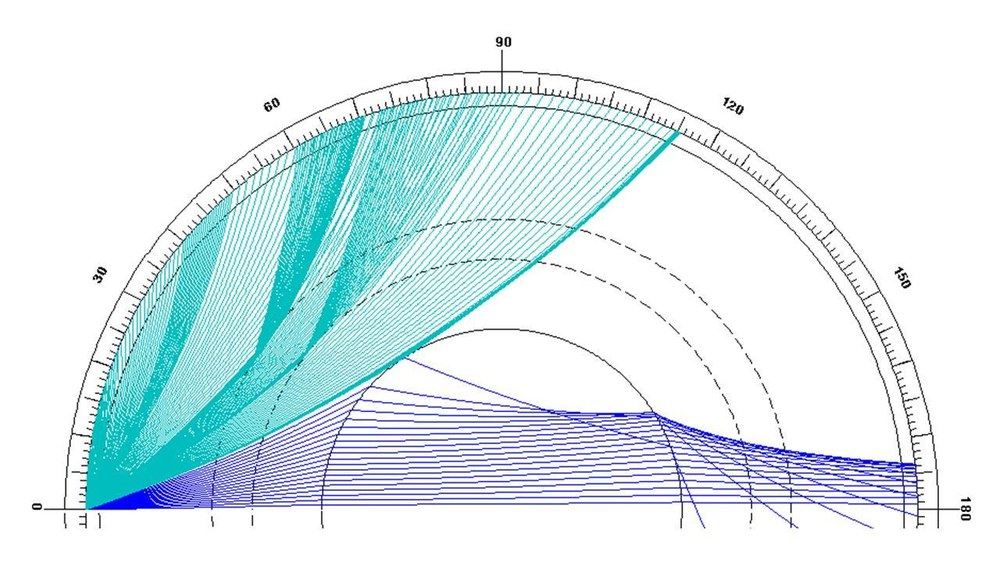Brochure: Mission InSight (2018)
View into the Interior of Mars



Your consent to the storage of data ('cookies') is required for the playback of this video on Quickchannel.com. You can view and change your current data storage settings at any time under privacy.
The InSight probe landed on Mars on 26 November 2018. The landing site only has a few geological features. It was chosen because it represented minimal risk to the instruments boring down towards Mars' interior. As small inaccuracies in flight control and atmospheric effects during the descent may lead to deviations from the planned course, a sufficiently large area had to be selected – typically an elongated ellipse in the direction of flight. The InSight landing ellipse is 140 kilometres long and 30 kilometres across. In addition, it was important for the small penetrometer (or 'mole') of the HP3 heat flow probe to be able to penetrate the soil as easily as possible. This means that the site could not be rocky.
Based on data from earlier orbiter missions (primarily camera data and thermal inertia measurements – the speed with which the surface material reacts to temperature changes – captured from orbit), the landing site was predicted to have sand with low cohesion and thermal conductivity, resembling quartz sand on Earth, and a very low incidence of rocks (a few per cent) that might block the mole’s path deep down. It may be assumed that the frequency of the rocks will decrease with depth, as per the famous muesli or Brazil nut effect – if a bag of muesli containing pieces of different sizes is gently shaken for a period of time, upon opening it the smallest pieces will be found at the bottom of the bag, and the largest ones on top – like Brazil nuts. At a depth of three to 17 metres, however, there may be a layer of hard volcanic basalt rock.
A range of criteria is normally used when building seismological measuring stations on Earth. These include logistical considerations such as the accessibility of the site or the presence of a fixed power supply, but are primarily based on geological information such as known geological structures, the surface material and the position of epicentres in the past. As seismology works on the basis of a similar concept to medical ultrasound scanning, seismic waves traverse the area of interest – usually epicentres – and seismometers are normally located on different sides of the area in question.
However, researchers can only guess at how marsquakes are distributed across the planet. There is no infrastructure on the surface, and maintenance during regular visits is not possible. As such, the most important criterion for the site was the greatest possible security for the landing itself.
For some seismological techniques, the position of the seismometer is actually of secondary importance. A large meteorite impact could, for instance, cause the whole planet to vibrate at its resonant frequency and cause its overtones to vibrate like a bell, so this natural frequency provides important information about large-scale structures.
That said, the landing site offers various interesting options. One of the key objectives of the InSight mission is to measure the radius of Mars' core. The landing site is within sight of the Tharsis Massif, thought to be the most seismically active place on the planet. Part of it lies within the 'core shadow', beyond the distance at which the core shadows wave propagation by deflecting them towards the centre of the planet like a magnifying glass. These and other effects, as well as the time taken by waves to arrive at the seismometer, will allow the core to be measured. Tharsis is also at a suitable distance to measure waves that come from almost vertically below and thus study the crust immediately beneath the seismometer with precision. This process was developed on Earth in the 1980s and 1990s and has since become a standard method for measuring the thickness of the crust.
